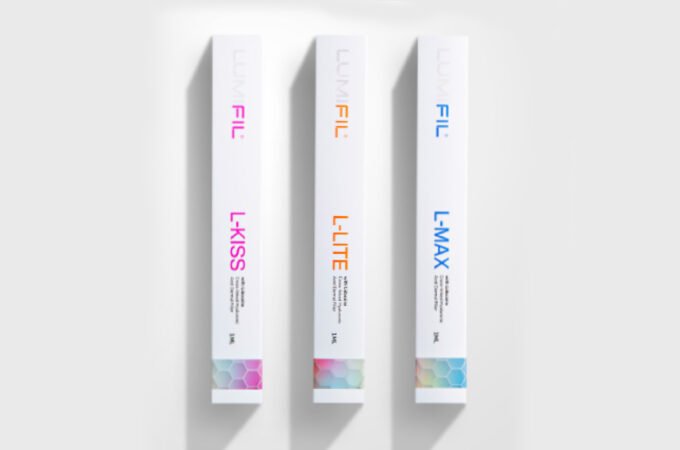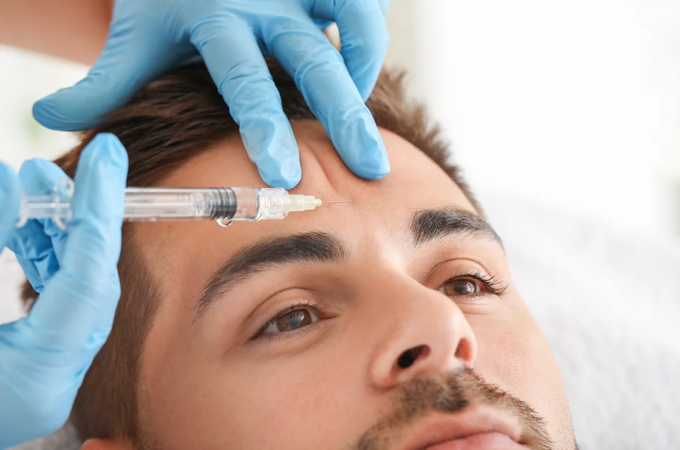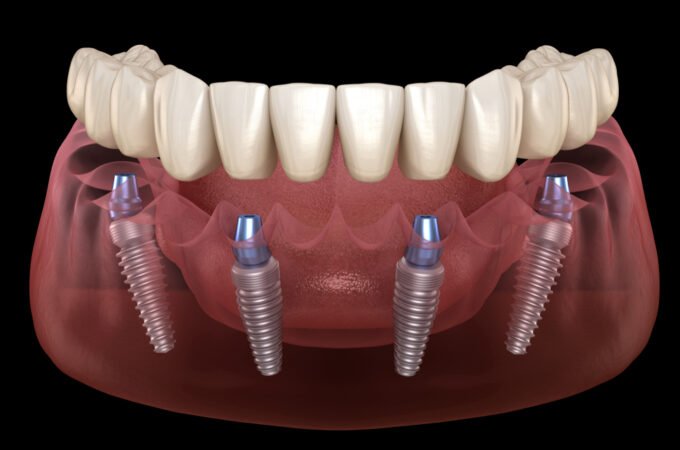Before You Choose: Essential Insights on Silicone Implants
Choosing to undergo breast augmentation is a deeply personal decision, and with the plethora of options available in the world of cosmetic surgery, it’s crucial to make informed choices. One of the pivotal decisions in this process is selecting the type of breast implants, and silicone implants have gained immense popularity in recent years. While they have become a go-to choice for many, it’s essential to delve into the nuances of silicone implants before making a decision. In this comprehensive guide, we will explore the key aspects of silicone implants, shedding light on their composition, safety considerations, potential benefits, and drawbacks.
The Composition of Silicone Implants
Silicone implants are made of a cohesive silicone gel encased in a silicone shell. This gel closely mimics the feel of natural breast tissue, offering a more natural look and touch compared to saline implants. The silicone shell comes in various shapes and textures, allowing for customization based on individual preferences and anatomical considerations. It’s essential to note that the cohesive gel in modern silicone implants differs significantly from the liquid silicone used in early iterations. The cohesive gel minimizes the risk of leakage and migration, addressing concerns that were associated with earlier versions of silicone implants.
Safety Considerations and FDA Approval
One of the primary concerns surrounding silicone implants is their safety, especially in light of historical controversies. In the 1990s, concerns arose regarding the potential link between silicone implants and autoimmune diseases. Extensive research and clinical studies, however, have not found conclusive evidence supporting these claims. In 2006, after a thorough review, the U.S. Food and Drug Administration (FDA) re-approved the use of silicone implants for breast augmentation, emphasizing their safety and efficacy. Despite this approval, ongoing monitoring and post-market surveillance remain in place to ensure the ongoing safety of silicone implants.
Potential Benefits of Silicone Implants
Silicone implants offer several potential benefits that contribute to their popularity among individuals seeking breast augmentation. One notable advantage is the natural look and feel they provide. The cohesive gel closely resembles the consistency of natural breast tissue, resulting in a more realistic appearance. This characteristic is particularly appealing to those desiring a subtle enhancement without a pronounced “implant” look. Additionally, silicone implants are less prone to visible rippling or wrinkling, addressing a common concern associated with saline implants.

Drawbacks and Considerations
While silicone implants offer numerous advantages, it’s crucial to acknowledge potential drawbacks and considerations associated with their use. One primary concern is the need for regular monitoring and potential complications related to silent ruptures. Unlike saline implants, where a rupture is immediately noticeable due to deflation, silicone implants may experience a rupture without visible changes. Regular MRI screenings are recommended to detect silent ruptures, emphasizing the importance of ongoing medical surveillance for individuals with silicone implants. Additionally, silicone implants require a longer incision compared to saline implants, which may impact scarring and recovery.
In the realm of cosmetic surgery, choosing the right breast implants is a pivotal decision that goes beyond mere aesthetic considerations. Silicone implants, with their natural look and feel, have become a popular choice for many seeking breast augmentation. However, it’s imperative to approach this decision with a thorough understanding of the composition, safety considerations, potential benefits, and drawbacks associated with silicone implants. The FDA’s approval in 2006 marked a significant milestone in establishing the safety of silicone implants, but ongoing monitoring is essential.




